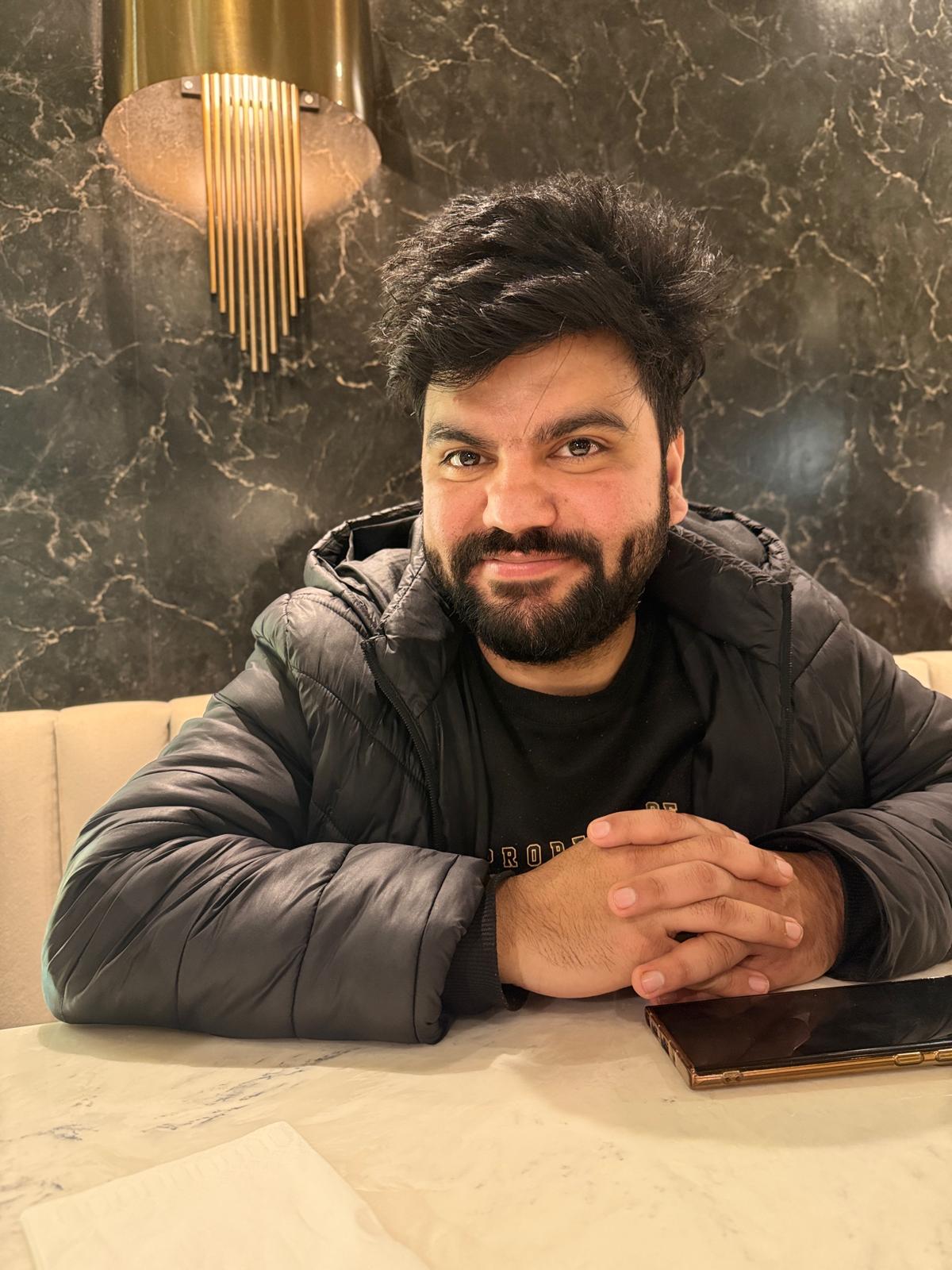Voices from the Lab | Meet Dr Arslan Shafique
29 Jul, 2025

Dr Arslan Shafique is an experienced researcher and lecturer with a proven track record at leading institutions across the UK, Middle East, and Asia. His expertise spans artificial intelligence, cybersecurity, cryptography, and quantum computing, with a particular focus on AI-driven healthcare and secure communication systems.
He has authored over 35 high-impact research publications and has been consistently ranked among the world’s top 2% of scientists by Stanford University and Elsevier in 2023 and 2024. Endorsed by the Royal Academy of Engineering, Dr Shafique is pioneering innovative approaches to safeguarding sensitive data in the era of 6G.
What specific challenge is your research trying to solve, and why does it matter now?
The main challenge we are addressing is protecting the confidentiality and integrity of sensitive data in 6G communication networks and sensor infrastructures, especially against growing cyberthreats. Currently, over 30% of health care organizations report cyberattacks each year (Ponemon, 2021), with the average data breach costing $10.1 million per incident (IBM, 2022). Our framework addresses these vulnerabilities by employing a hybrid approach that combines classical chaos-based methods with Quantum Key Distribution (QKD), significantly strengthening resistance against attacks while retaining high performance, even in high-throughput 6G networks with large volumes of sensor data.
How does your project contribute to the overall goals of CHEDDAR (or your hub)?
CHEDDAR focuses on developing advanced data-intensive methods for efficiently managing and securing information against cyber threats in communication networks. Our cryptographic system contributes by providing a way to keep large amounts of sensitive data secure whether it is generated by medical imaging or by sensors deployed in health care, industrial, or smart city. It does this with a significant level of protection, using a high key space for security keys, so that even a supercomputer would be unable to break the code and uncover the original information. This is crucial for preserving data confidentiality and operational integrity while retaining high data throughput (with latency < 1 second), a key requirement for real-world 6G communications and growing Internet of Things (IoT) sensor networks. Furthermore, we have published a related research paper in Scientific Reports (Nature portfolio), validating our approach and demonstrating its robustness and practicality in real-world scenarios (Doi:https://doi.org/10.1038/s41598-024-82256-3)
Can you walk us through a recent breakthrough or discovery and what it means for your field?
One important milestone we achieved is combining QKD with classical chaos and transformation techniques to maximize both confusion and diffusion in encrypted data. Pure classical methods typically suffer from vulnerability to attacks, for example, brute-force attacks can break classical keys in hours or days, while pure hybrid quantum methods, although theoretically strong, can be challenging to implement due to technical limitations. Our hybrid approach merges the strengths of both. This results an enhanced key space of 2741.67, providing strong resistance against cyberattacks even an attacker has an access of super computers. This milestone paves the way for practical, high-security transmission of both medical imaging data and sensor signals.
What’s something the public might misunderstand about your area of research?
One major misconception is that classical or quantum methods alone can guarantee complete data security. Pure classical methods are vulnerable to attacks by growing computing power (such as brute-force and side-channel attacks), while pure quantum methods, although theoretically strong, can be challenging to implement due to technical limitations. Our work shows that by combining classical and quantum methods with techniques like chaos theory, transformations, and bit-plane processing, we can take advantage of the best features of each to create stronger security. This integration of classical with quantum cryptographic systems brings significant robustness against classical and quantum attacks such as quantum man-in-the-middle (MITM), and quantum cloning attacks while retaining practicality for real-world applications, whether for securing medical imaging or sensor data in 6G networks.
How do you measure impact or success in your work?
We measure success by how well our system protects data and how quickly it works in real-life situations. First, encrypted data looks completely scrambled with no patterns or clues, making it impossible for anyone to guess what the original information is. The number of possible keys to unlock the data is incredibly large, so hacking by guessing is practically impossible. Even if the encrypted data is partly damaged or noisy, our system can still recover most of the original information accurately. Plus, it processes data quickly usually within about one second, so it’s fast enough for everyday devices and advanced networks like 6G or smart health monitors. Together, these qualities show our system keeps sensitive information safe while being practical to use.




